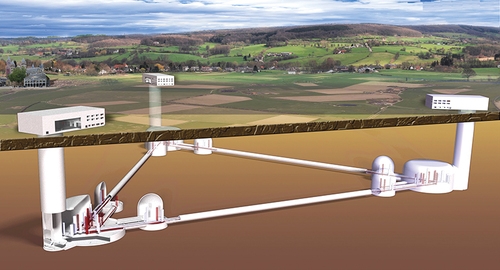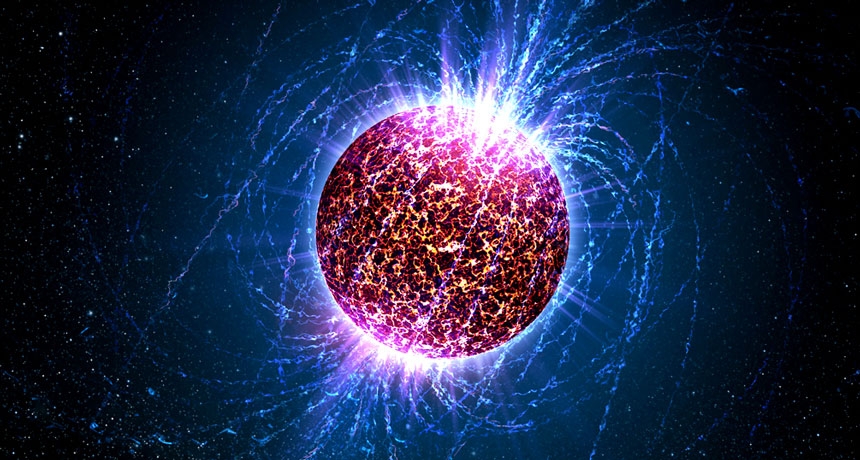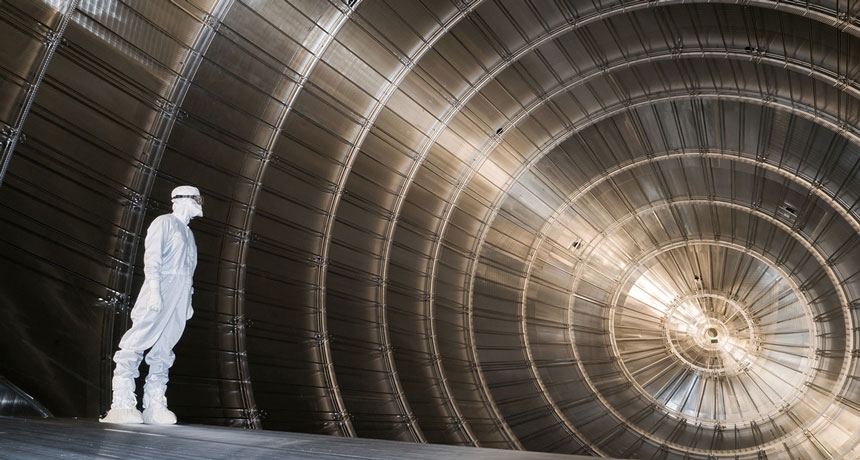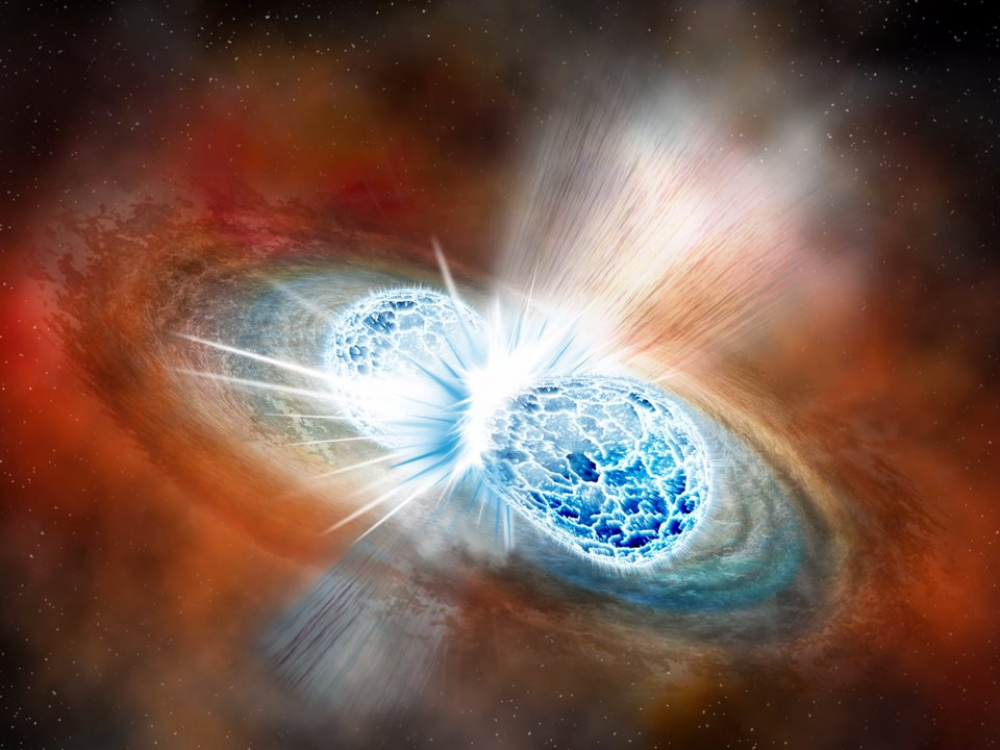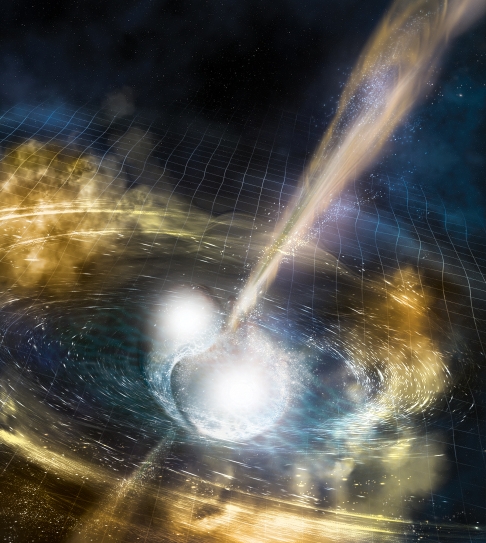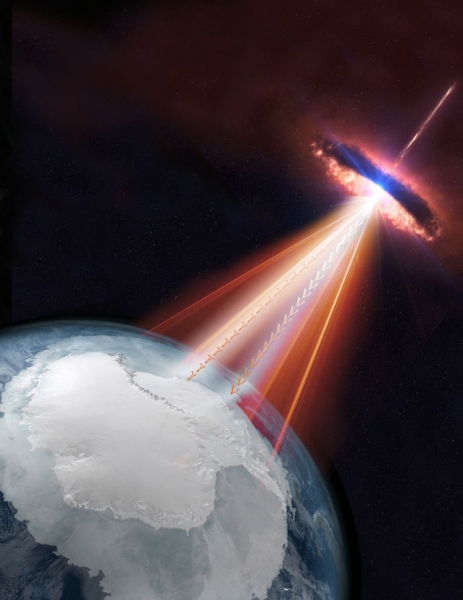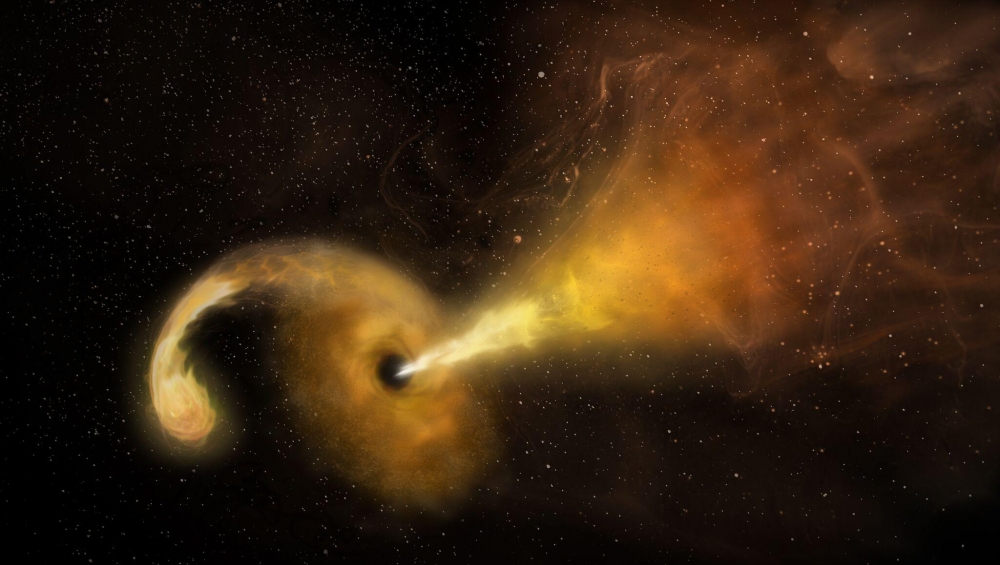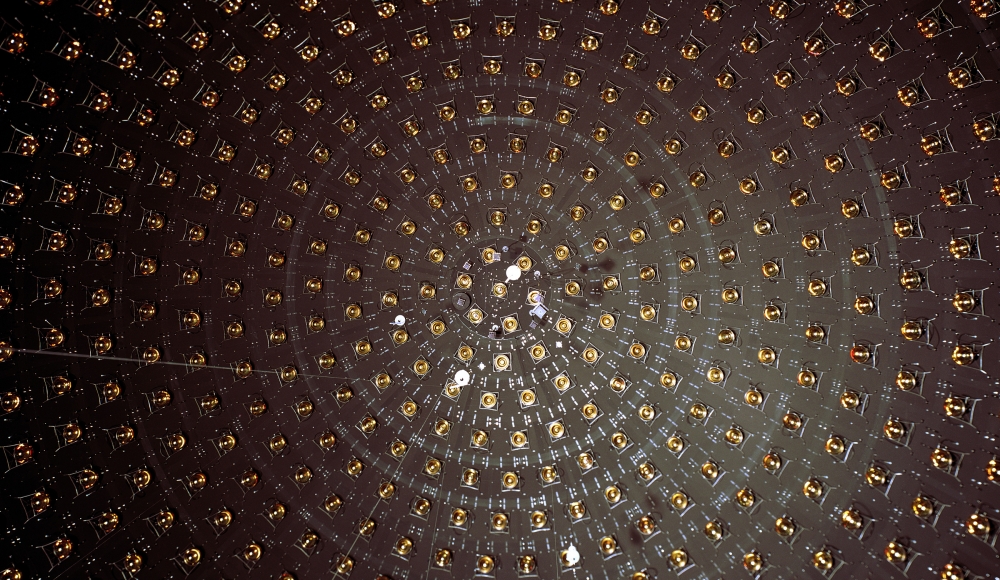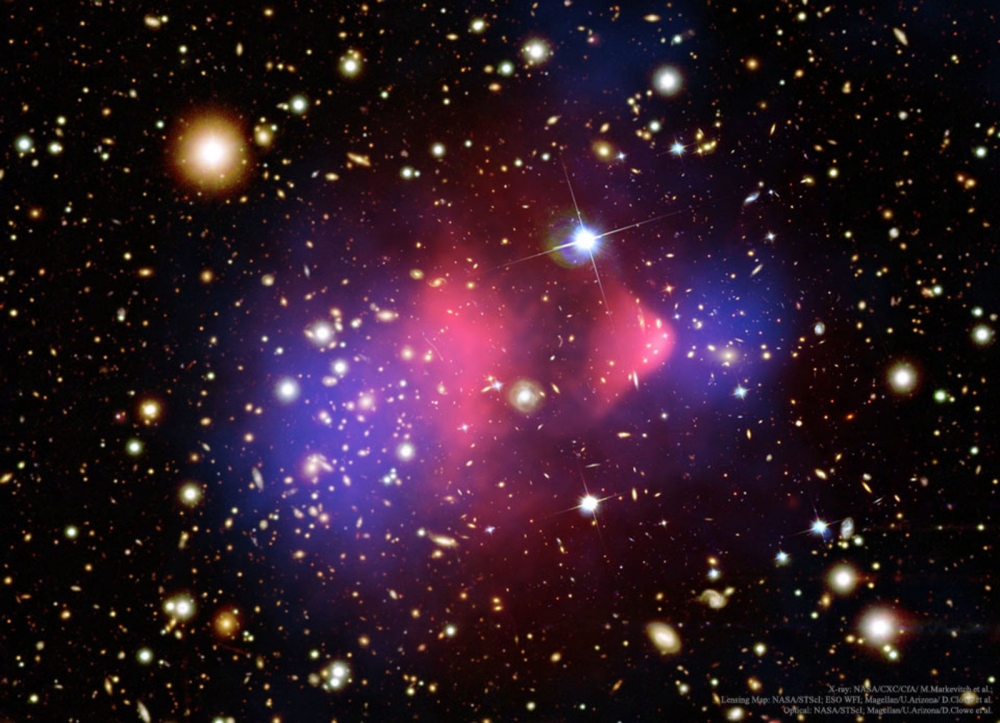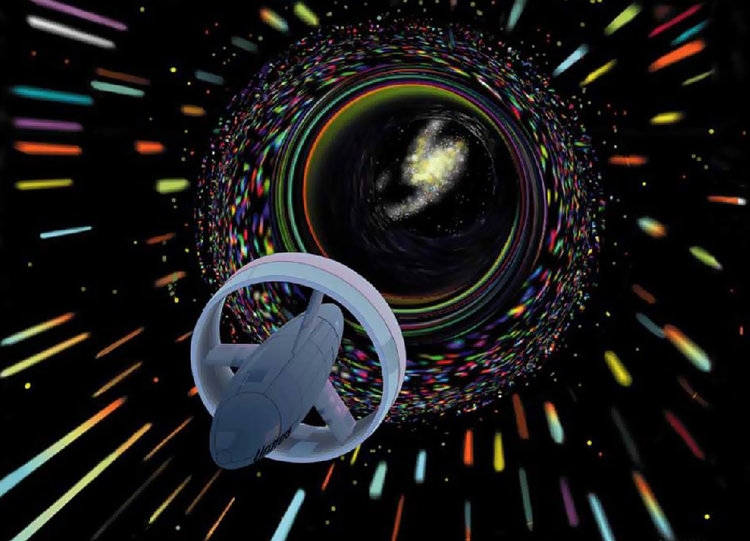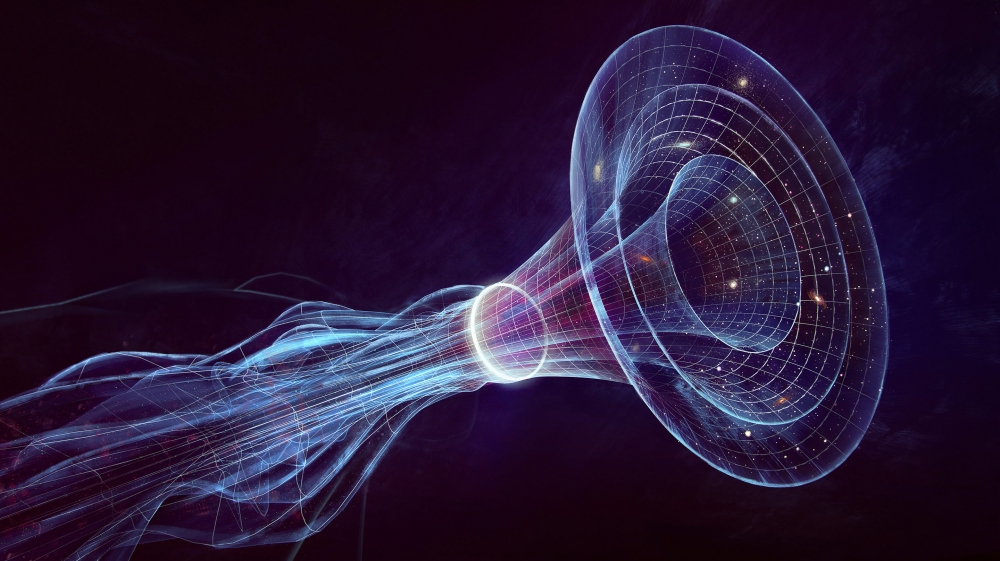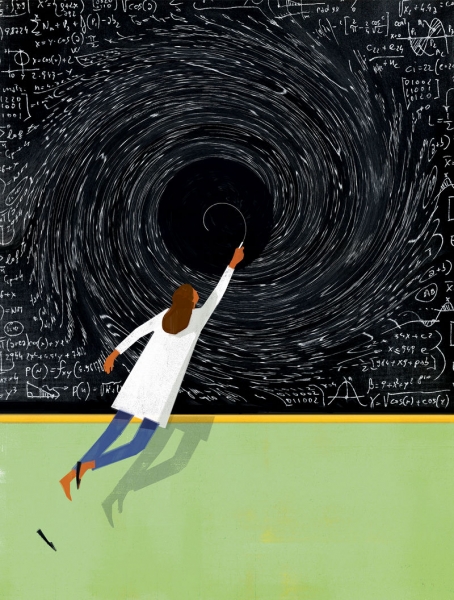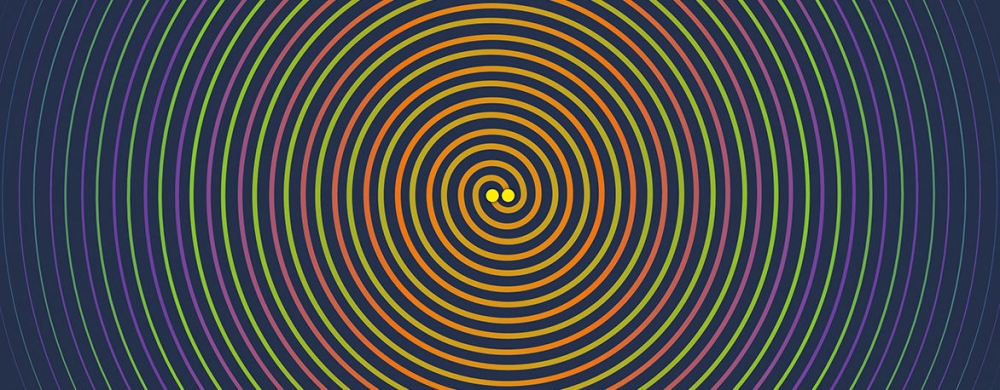Hubble and Gaia Team Up to Fuel Cosmic Conundrum
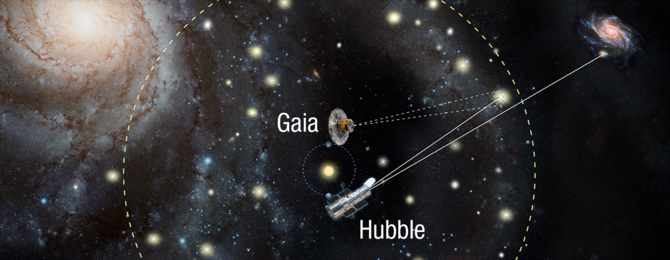
Release date: Jul 12, 2018 10:00 AM (EDT)
Most precise measurement yet adds to debate over universe’s expansion rate
Using the powerful Hubble and Gaia space telescopes, astronomers just took a big step toward finding the answer to the Hubble constant, one of the most important and long-sought numbers in all of cosmology. This number measures the rate at which the universe is expanding since the big bang, 13.8 billion years ago. The constant is named for astronomer Edwin Hubble, who nearly a century ago discovered that the universe was uniformly expanding in all directions. Now, researchers have calculated this number with unprecedented accuracy.
Intriguingly, the new results further intensify the discrepancy between measurements for the expansion rate of the nearby universe, and those of the distant, primeval universe — before stars and galaxies even existed. Because the universe is expanding uniformly, these measurements should be the same. The so-called “tension” implies that there could be new physics underlying the foundations of the universe.
See full text
